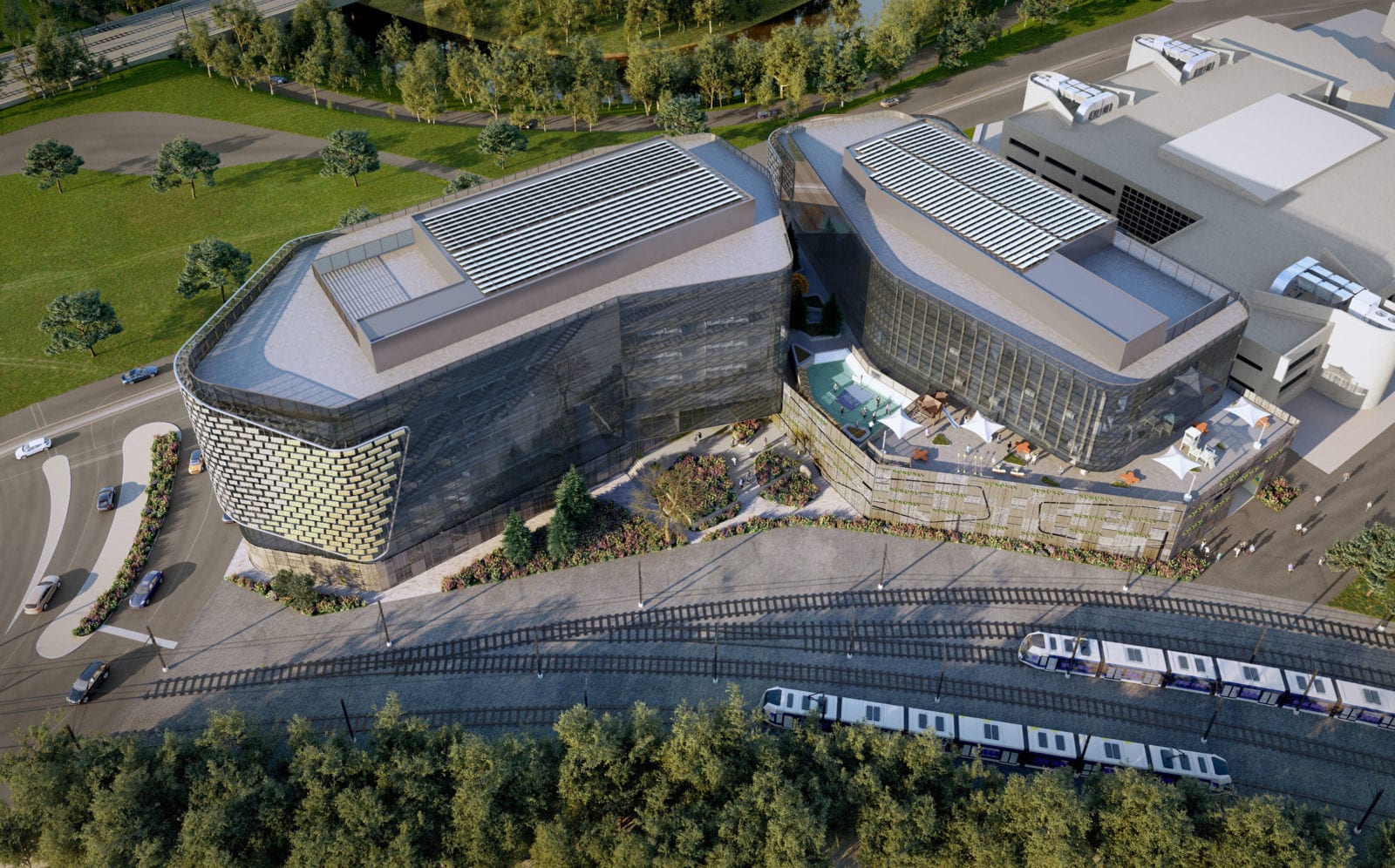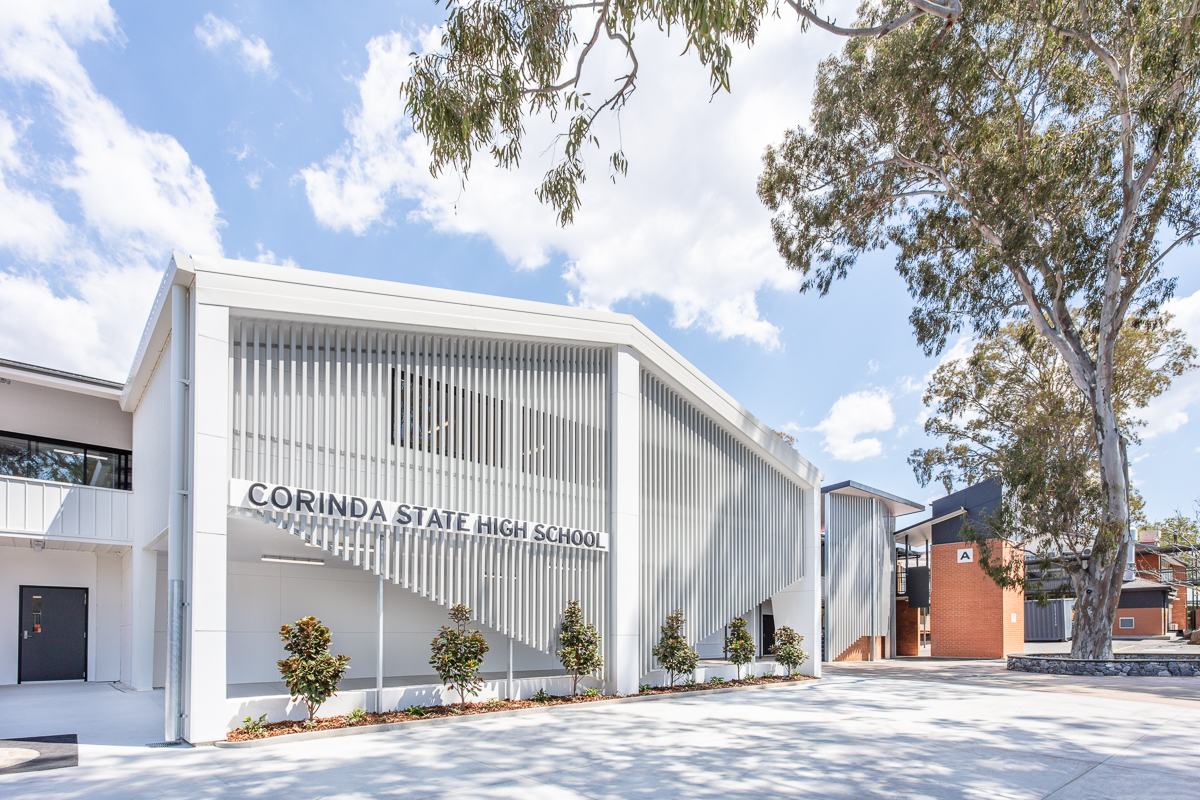Amenity is quickly becoming the focus point for commercial buildings across the country, and there is no question why – especially as tenants begin expecting state of the art end-of-trip facilities, wellness spaces and ground breaking technology not as “nice to have’s” but as “need to have’s”.
As new buildings incorporate these sought-after amenities from the early planning phases, it’s more difficult for existing commercial projects. That’s why it’s crucial for development teams to look at how to reposition existing commercial buildings to ensure they’re meeting the expectations of future occupants.
This has also become especially important due to the influx of the next generation into the workforce, the iGen. As they begin to enter the workforce, the development industry needs to look at how to create an environment that allows for both group and individual work styles while focusing on collaboration – things that are second nature to younger workers.
The influx of iGen workers presents a unique challenge for the teams creating the built environment. Since these workers are technology natives (having been brought up in the technology boom), and concerned about our environment — it is essential that the built form responds to their need for both sustainability and the melding of both the physical and virtual worlds within the office.
To rise to this challenge, the property and development industry must ask themselves what’s important to this generation and how the commercial built environment can be shaped to accommodate the changing needs of tenants and owners of all ages. This comes down to two main ideologies: access to technology and environmentally-conscious design.
Access to technology
Technology innovations have the power to change the way businesses run, and the overall design of work spaces. Commercial spaces cater for the human need for connection, and create work environments that allow people to come together and interact, and technology can be used to facilitate it.
Mobile technology and integration is at the core of commercial innovation, and something that workers of all generations will be searching for in their work spaces.
Whether it’s the ability for our phones to greet us as we walk in a building, call lifts for us, automatically book meetings and keep us running on time through apps like Uber and public transport notifications – this technology has the power to transform the use of time within an office space.
Technology in the palm of a workers hand could map out their personality, likes and dislikes, routine, calendar and manage the intricacies of everyday working life while in and around the building. This seamless integration focuses on managing the mundane tasks, so employees can focus on what’s important to them and their team.
Collaboration is also a key value of the iGen worker, and with technology and collaboration working hand-in-hand it is crucial for work spaces to now feature high-quality and flexible spaces that allow young workers to socialise and collaborate simultaneously.
The use of technology within the office also creates a space that employees are drawn to, with technologies like Equiem working to create a collaborative culture and to forge connections between employees, while ensuring the space increases both productivity and happiness.
Environmentally conscious design
As the iGen enters the workforce, they have made it clear that they want to know what their employer is doing to reduce the company’s environmental impact – making it imperative that commercial buildings are designed with the environmental forethought needed to minimise their overall footprint, now and into the future.
On a company level, most businesses provide recycling options for plastics, toners and paper, and are mindful of the products in the office and the ethical supply chain. To complement this, on a design level, offices are being created with a focus on internal air quality, natural ventilation and sunlight at their core to ensure the health and wellbeing of occupants, as seen in the Richmond Botannica project.
In Europe, buildings are implementing these design changes through the use of double-façades or green façades that work to ease mechanical energy use while maximising fresh air. We are also seeing the integration of indoor plants and internal green spaces to enhance air quality.
As society becomes more aware of the environment and the challenges surrounding sustainability, commercial properties need to go beyond the typical end-of-trip and lifestyle facilities and NABERS rating tick box and begin pushing the boundaries on each high-impact element in a building that could affect the overall environmental footprint of the building.
Things like solar panels on roofs, solar facades and grey water and black water recycling are steps in the right direction, however they face a number of implementation barriers including cost constraints and legislative complications.
Instead, property and development teams should begin thinking more innovatively, creating alliances with neighbouring buildings to increase opportunity for shared space, which Brisbane City Council promotes in their Breathing Cities document.
One innovative idea could be transforming ground floors, or other large internal spaces, into areas that are completely openable to bring the outdoors inside, and which can be shut down for security or weather events.
Not only would this drastically reduce the reliance on air-conditioning, it would create the feel of indoor-outdoor workspaces which could increase productivity and workplace enjoyment.
Designers could landscape the entire ground floor from the street into the building and around the building core, integrating learning/working areas into this space to bring the greenery back into the sprawling urban jungles. This design is also region-dependent and could be tailored to suit the sub-tropical climate of Brisbane, or the more temperate climate of Melbourne.
As the workforce becomes more flexible, and as iGen workers influence office design outcomes, our buildings need to respond by becoming more innovative and unique in how they are used throughout all hours of the day – whether it’s a weekday or weekend.
The future of the built environment rests in the hands of technology and environmentally conscious design principles that will create spaces that all generations can be proud to work in.
The commercial buildings of the future will not only be technologically advanced, but they will create environments that aid in the health and wellness of all occupants – whether they are an iGen, a baby boomer or anything in between.
Published: The Urban Developer — Tuesday 25 June, 2019







